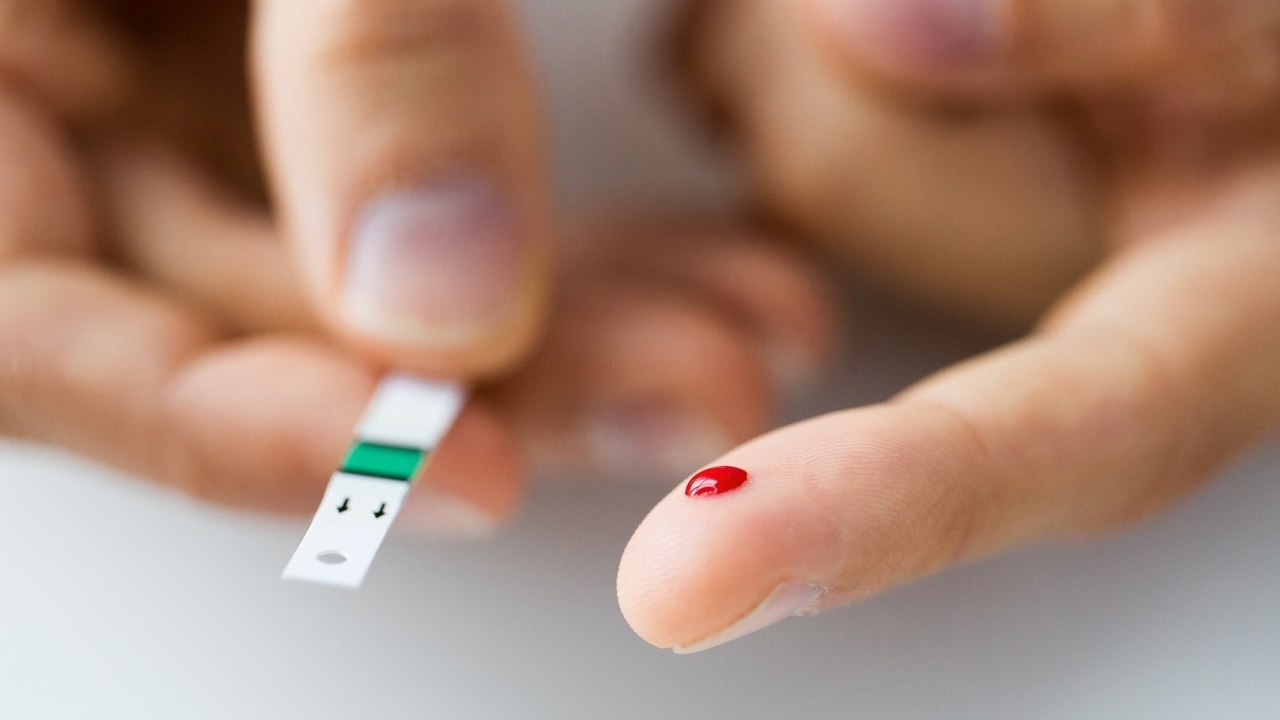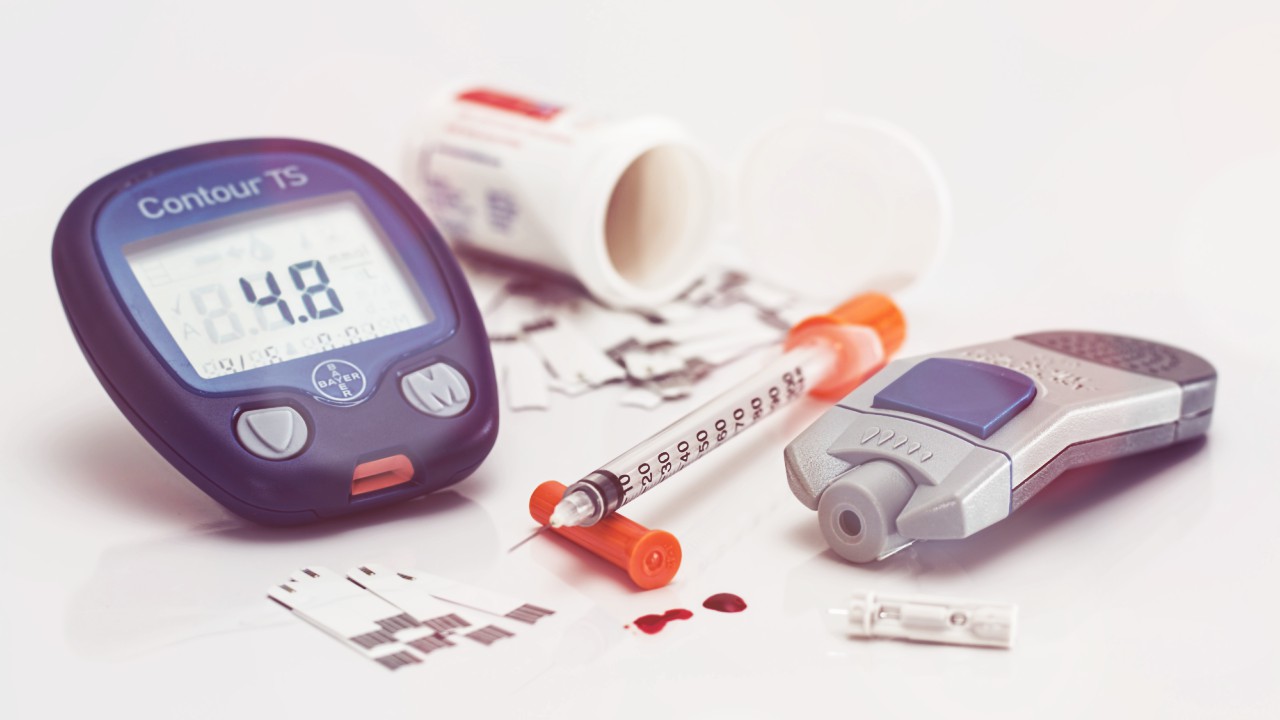The World Health Organization estimates that there are 220 million people worldwide with diabetes.
Two researchers at the Massachusetts Institute of Technology (MIT) are developing a new method of monitoring blood glucose levels in diabetics. They hope that this new sensor will eradicate the need for daily painful pin-pricks each day while giving more accurate readings.
This new sensor is being developed by Paul Barone, a postdoctoral researcher at MIT and Professor Michael Strano - the Charles and Hilda Roddey Associate Professor of Chemical Engineering.
Their findings were reported in the December 2009 edition of ACS Nano.
For the sensor to work tiny carbon particles called nanotubes are injected just below the skin's surface, like a tattoo. A device is then worn worn over the “tattoo” to read glucose levels. The monitor, similar to that of a wristwatch would detect the nanotubes' fluorescence, which can be seen by shining an infrared light on them. By measuring the amount of fluorescence you can measure the concentration of glucose in the blood.
Researchers at MIT are working to create an “ink” of nanoparticles in a saline solution to be injected under the skin. It is estimated that this blood monitoring method would last for approximately six months during which time the patient would have to wear the monitor. On the plus side, the carbon nanotubes aren't destroyed by light exposure therefore an accurate reading should be given each time.
Sensors currently being used to test blood glucose levels work by using an injection of glucose oxidase, which is able to break down glucose. An electrode is then placed on the skin which reacts with hydrogen peroxide and measures are then taken. Yet, none of the sensors currently being used are able to work for more than a week at a time.
Studies have shown that consistent and long-term monitoring of blood sugar is a far better and accurate indicator of a diabetic's levels than testing blood twice a day.
“Diabetes is an enormous problem, global in scope and despite decades of engineering advances, our ability to accurately measure glucose in the human body still remains quite primitive,” said Strone.
“The most problematic consequences of diabetes results from relatively short excursion of a person's blood sugar outside of the normal physiological range, following meals, for example. If we can detect and prevents these excursions, we can go a long way toward reducing the devastating impact of the disease,” Strone continued.
Barone and Strano are currently working on improving the accuracy of the test. It will have to meet the highest standards of the Clark Error Grid test in which lab-based results are compared with their results to make sure they meet glucose-sensory accuracy.
Although human trials are a few years away yet, it is hoped that animal testing might start shortly.
The nanoparticles and monitor research are being funded by MIT's Deshpande Center for Technological Innovation.
Source: http://web.mit.edu/press/2010/glucose-tattoo.html





Add a CommentComments
There are no comments yet. Be the first one and get the conversation started!